-
 Bitcoin
Bitcoin $117400
-0.46% -
 Ethereum
Ethereum $3768
0.60% -
 XRP
XRP $3.551
2.09% -
 Tether USDt
Tether USDt $1.000
0.00% -
 Solana
Solana $203.2
11.30% -
 BNB
BNB $770.9
1.92% -
 USDC
USDC $0.9999
0.01% -
 Dogecoin
Dogecoin $0.2709
-0.02% -
 Cardano
Cardano $0.9024
4.49% -
 TRON
TRON $0.3139
0.60% -
 Hyperliquid
Hyperliquid $45.60
-1.41% -
 Stellar
Stellar $0.4730
-1.34% -
 Sui
Sui $4.025
2.15% -
 Chainlink
Chainlink $19.79
2.19% -
 Hedera
Hedera $0.2724
-2.39% -
 Avalanche
Avalanche $25.93
3.05% -
 Bitcoin Cash
Bitcoin Cash $524.0
-1.83% -
 Shiba Inu
Shiba Inu $0.00001558
0.50% -
 Litecoin
Litecoin $116.7
-0.30% -
 UNUS SED LEO
UNUS SED LEO $8.996
0.00% -
 Toncoin
Toncoin $3.334
1.83% -
 Polkadot
Polkadot $4.506
0.34% -
 Uniswap
Uniswap $10.99
4.83% -
 Ethena USDe
Ethena USDe $1.001
0.03% -
 Pepe
Pepe $0.00001461
3.17% -
 Monero
Monero $320.3
-1.01% -
 Bitget Token
Bitget Token $4.935
0.36% -
 Dai
Dai $0.9998
0.00% -
 Aave
Aave $322.4
-1.25% -
 Bittensor
Bittensor $455.6
9.33%
How do NFT airdrops work and how to qualify for them?
NFT airdrops are free distributions of unique digital assets to eligible wallet addresses, often used to reward holders, boost engagement, or promote new projects.
Jul 22, 2025 at 12:42 am
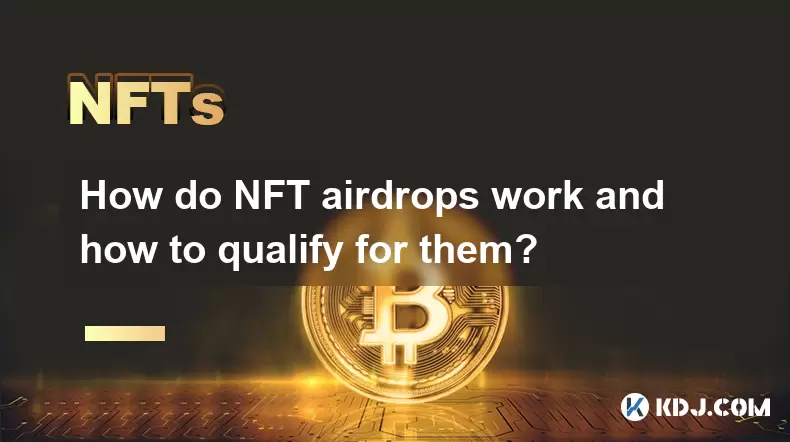
What Are NFT Airdrops?
NFT airdrops refer to the free distribution of non-fungible tokens to specific wallet addresses. These events are often used by blockchain projects to reward early adopters, promote community engagement, or test new platforms. Unlike traditional token airdrops that involve fungible ERC-20 tokens, NFT airdrops deliver unique digital assets, such as collectibles, profile pictures (PFPs), or in-game items.
Projects may choose to distribute these NFTs randomly or based on certain criteria like wallet activity, existing NFT ownership, or participation in promotional activities. This method helps increase visibility and encourages users to interact with the project's ecosystem.
How Do NFT Airdrops Work?
The mechanics behind NFT airdrops can vary depending on the platform and the goals of the issuing team. Here is how most of them typically function:
- The project determines the eligibility criteria for recipients.
- Smart contracts are used to automatically send NFTs to qualifying wallets.
- In some cases, users must claim the NFT manually via a website or app.
- Wallet holders may need to connect their wallets to verify eligibility.
- Gas fees might apply if the user needs to perform an on-chain transaction to claim the NFT.
Some airdrops are fully automatic, while others require minimal user interaction. It’s crucial to understand whether the drop is automatic or opt-in, as missing steps could result in losing the opportunity.
How to Qualify for NFT Airdrops
To qualify for NFT airdrops, users must meet specific conditions set by the issuing project. Here are common requirements:
- Holding Specific NFTs or Tokens: Some projects airdrop NFTs only to those who hold a particular collection or native token.
- Active Wallet Participation: Users who frequently interact with decentralized applications (dApps) or have a history of transactions may be selected.
- Engagement on Social Media: Following official social media accounts, retweeting posts, or joining Telegram groups can make you eligible.
- Participation in Beta Testing or Whitelisting: Early testers or whitelisted participants sometimes receive free NFTs.
- Completing Tasks on Airdrop Platforms: Websites like DappRadar, CoinGecko NFT, or Rarity.tools list ongoing airdrops where users complete tasks to qualify.
It's essential to stay updated through community announcements and official channels to ensure timely action when qualifications are announced.
Step-by-Step Guide to Claiming an NFT Airdrop
If you believe you're eligible for an NFT airdrop, follow this detailed process to claim it:
- Verify Eligibility: Check the project's official announcements to confirm whether your wallet qualifies.
- Connect Your Wallet: Use platforms like MetaMask, Trust Wallet, or WalletConnect to link your wallet to the airdrop interface.
- Approve Transaction (if required): Some airdrops ask for a small transaction to verify ownership—this usually involves paying gas fees.
- Claim the NFT: Click the “Claim” button once connected and verified.
- Check Your Wallet or Marketplace: After claiming, the NFT should appear in your wallet or on platforms like OpenSea, LooksRare, or X2Y2.
Make sure to use the same wallet address that met the eligibility criteria. If you're unsure, double-check your transaction history or contact the project’s support team.
Risks and Precautions with NFT Airdrops
While NFT airdrops offer exciting opportunities, they also come with risks:
- Scams and Fake Airdrops: Fraudulent websites mimic legitimate airdrops to steal private keys or seed phrases.
- Phishing Attacks: Malicious links may attempt to gain access to your wallet.
- Gas Fees: Some airdrops require a small fee to claim, which could exceed the value of the NFT itself.
- Privacy Exposure: Connecting your wallet may reveal sensitive data about your holdings.
- Low Value or Utility: Not all airdropped NFTs have high resale value or functional utility within ecosystems.
To protect yourself, always verify URLs, avoid sharing private keys, and research the legitimacy of the project before participating.
Frequently Asked Questions
Q: Can I sell an NFT received from an airdrop?
Yes, provided the NFT has market demand and exists on a supported marketplace like OpenSea or LooksRare.
Q: Do all NFT airdrops require gas fees to claim?
No, some airdrops are fully automatic and don’t require any transaction. Others may ask for a small fee to cover network costs.
Q: How do I know if I’ve been selected for an NFT airdrop?
You’ll typically receive a notification via the project’s official channels or see the NFT appear directly in your wallet.
Q: What should I do if my NFT doesn’t show up after claiming?
Check if your wallet is properly connected and wait a few minutes. If it still doesn’t appear, review the transaction hash or reach out to the project’s support team.
Disclaimer:info@kdj.com
The information provided is not trading advice. kdj.com does not assume any responsibility for any investments made based on the information provided in this article. Cryptocurrencies are highly volatile and it is highly recommended that you invest with caution after thorough research!
If you believe that the content used on this website infringes your copyright, please contact us immediately (info@kdj.com) and we will delete it promptly.
- XRP, Bitcoin, Ripplecoin: Navigating the Crypto Landscape in 2025
- 2025-07-22 20:30:13
- Cardano Ecosystem Watch: Can PayFi Token Remittix Trigger an ADA Overtake?
- 2025-07-22 20:50:13
- JasmyCoin Price Forecast: Chart Analysis Points to Potential Surge
- 2025-07-22 20:55:13
- Trump, Bitcoin, and Altcoins: A New York Minute on Crypto's Political Play
- 2025-07-22 21:00:13
- Shiba Inu, XRP, and Little Pepe: Navigating the Meme Coin Mania in NYC
- 2025-07-22 21:30:13
- Bitcoin's Role in IntelBroker's Takedown: A New Era of Crypto Crime Enforcement
- 2025-07-22 21:10:15
Related knowledge
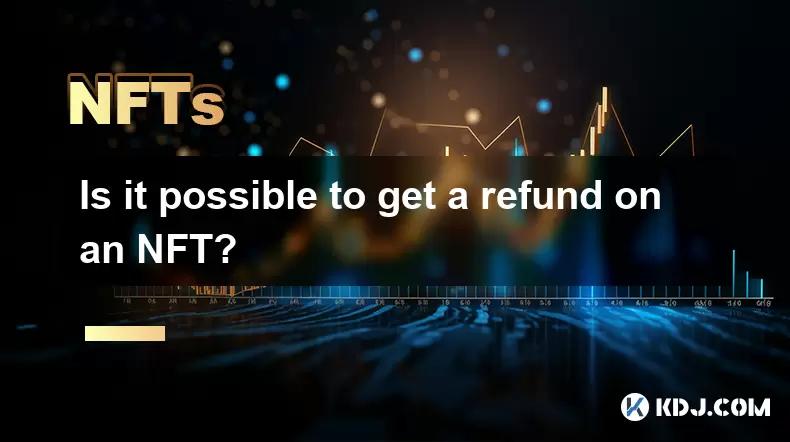
Is it possible to get a refund on an NFT?
Jul 21,2025 at 08:35pm
Understanding NFT Transactions and RefundsWhen you purchase an NFT (Non-Fungible Token), the transaction is typically recorded on a blockchain, making...
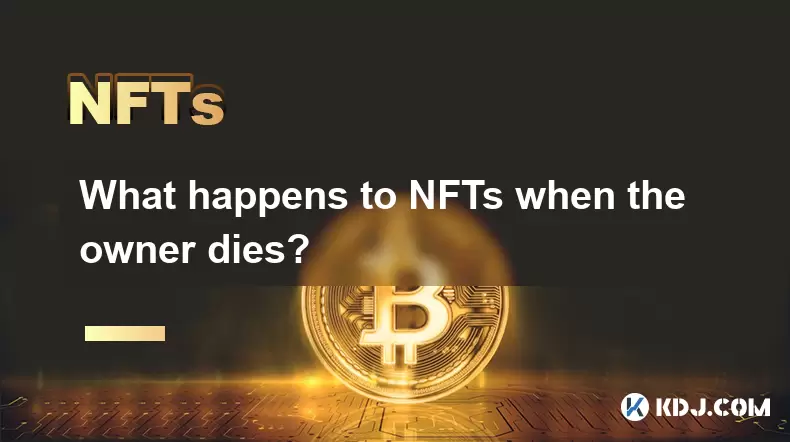
What happens to NFTs when the owner dies?
Jul 22,2025 at 02:43pm
Legal Ownership and Digital AssetsWhen an individual owns NFTs, the question of what happens to these assets upon their death is a pressing one. NFTs ...
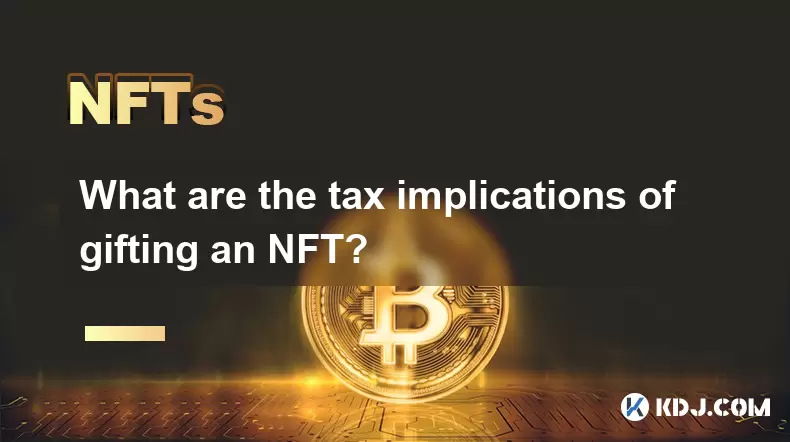
What are the tax implications of gifting an NFT?
Jul 19,2025 at 04:21am
Understanding the Basics of NFT GiftingGifting a Non-Fungible Token (NFT) involves transferring ownership from one individual to another without recei...
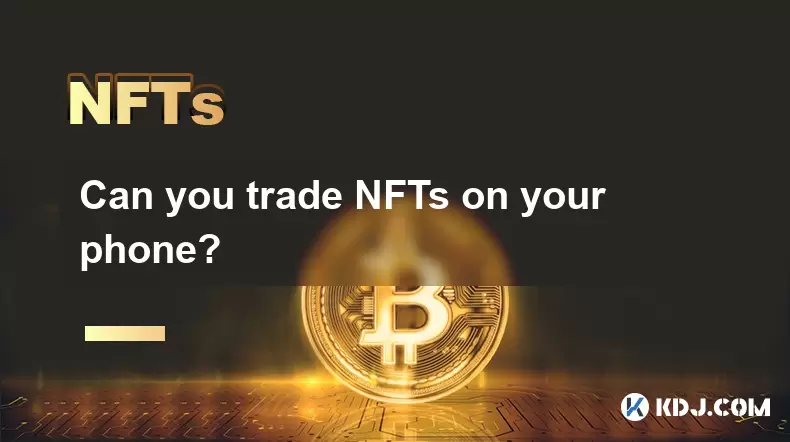
Can you trade NFTs on your phone?
Jul 18,2025 at 04:29am
Trading NFTs on Mobile DevicesYes, you can trade NFTs on your phone, and the process has become increasingly streamlined thanks to a variety of mobile...
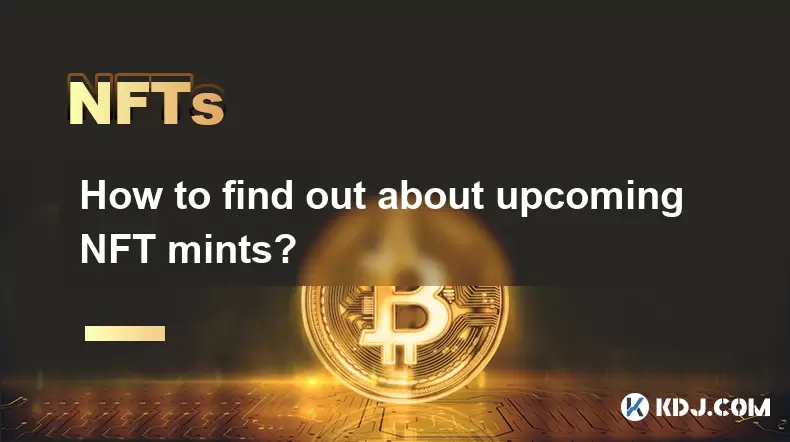
How to find out about upcoming NFT mints?
Jul 18,2025 at 11:50am
Exploring NFT Minting OpportunitiesUnderstanding the landscape of upcoming NFT mints is crucial for collectors, investors, and creators who wish to st...
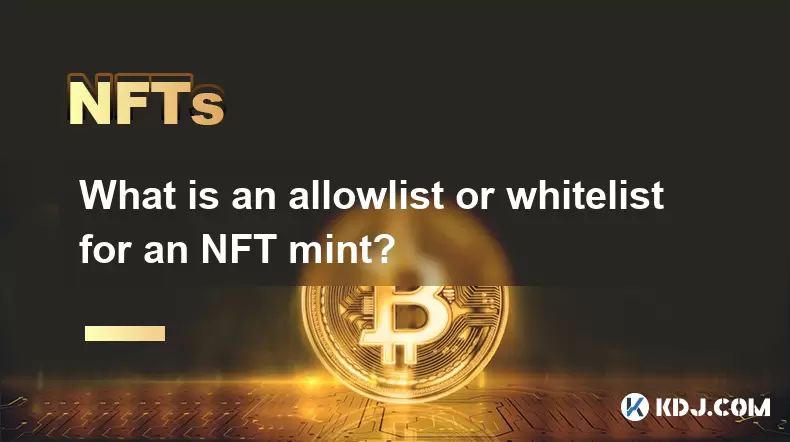
What is an allowlist or whitelist for an NFT mint?
Jul 20,2025 at 07:14pm
Understanding the Concept of an Allowlist for NFT MintingAn allowlist, also commonly referred to as a whitelist, is a mechanism used in the NFT mintin...

Is it possible to get a refund on an NFT?
Jul 21,2025 at 08:35pm
Understanding NFT Transactions and RefundsWhen you purchase an NFT (Non-Fungible Token), the transaction is typically recorded on a blockchain, making...

What happens to NFTs when the owner dies?
Jul 22,2025 at 02:43pm
Legal Ownership and Digital AssetsWhen an individual owns NFTs, the question of what happens to these assets upon their death is a pressing one. NFTs ...

What are the tax implications of gifting an NFT?
Jul 19,2025 at 04:21am
Understanding the Basics of NFT GiftingGifting a Non-Fungible Token (NFT) involves transferring ownership from one individual to another without recei...

Can you trade NFTs on your phone?
Jul 18,2025 at 04:29am
Trading NFTs on Mobile DevicesYes, you can trade NFTs on your phone, and the process has become increasingly streamlined thanks to a variety of mobile...

How to find out about upcoming NFT mints?
Jul 18,2025 at 11:50am
Exploring NFT Minting OpportunitiesUnderstanding the landscape of upcoming NFT mints is crucial for collectors, investors, and creators who wish to st...

What is an allowlist or whitelist for an NFT mint?
Jul 20,2025 at 07:14pm
Understanding the Concept of an Allowlist for NFT MintingAn allowlist, also commonly referred to as a whitelist, is a mechanism used in the NFT mintin...
See all articles

























































































